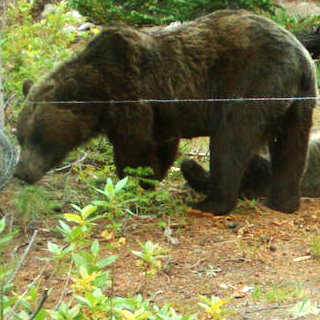About Us
When Lewis and Clark explored the West in the early 1800s, an estimated 50,000 grizzly bears roamed between the Pacific Ocean and the Great Plains, across vast stretches of open and unpopulated land. But, when pioneers moved in, bears were persecuted and their numbers and range drastically declined. As European settlement expanded over the next hundred years, towns and cities sprung up, and habitat for these large omnivores — along with their numbers— shrunk drastically. Today, with the western United States inhabited by millions of Americans, only a few small corners of grizzly country remains, supporting about 1,400-1,700 wild grizzly bears. Of the 37 separate grizzly populations present in 1922, 31 were extirpated by 1975.
In 1975, the Service listed the grizzly bear as a threatened species in the lower 48 states under the Endangered Species Act. There are five areas in the lower 48 states where grizzlies remain today: the Yellowstone ecosystem, Northern Continental Divide ecosystem, Cabinet-Yaak ecosystem, Selkirk ecosystem, and Northern Cascades ecosystem.
